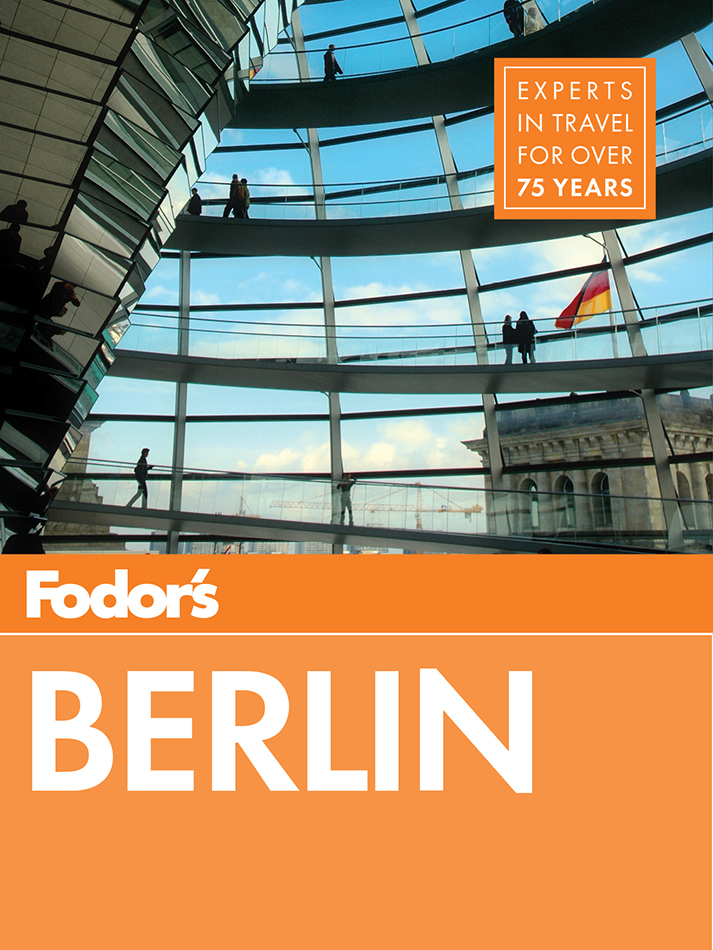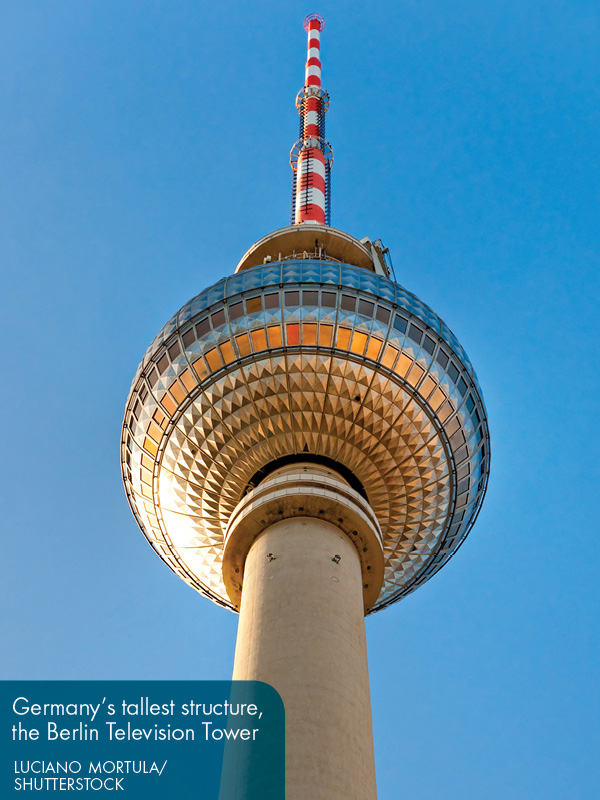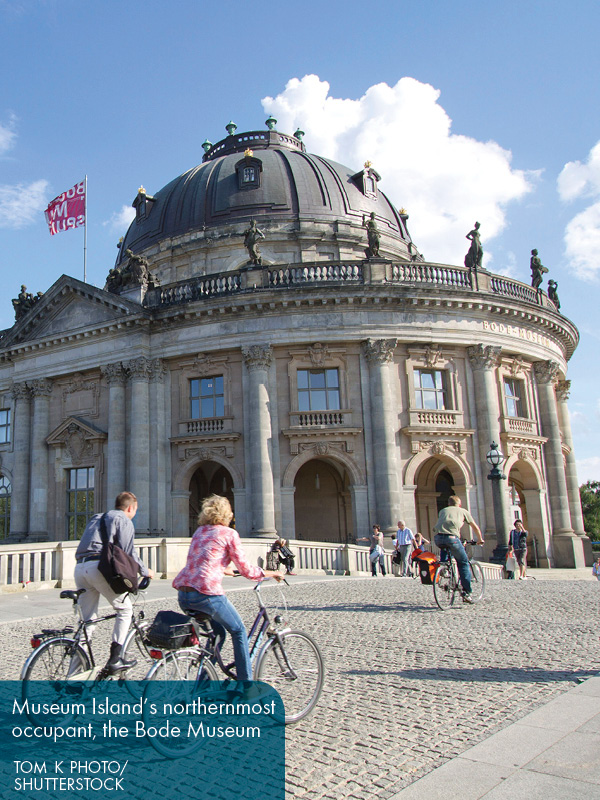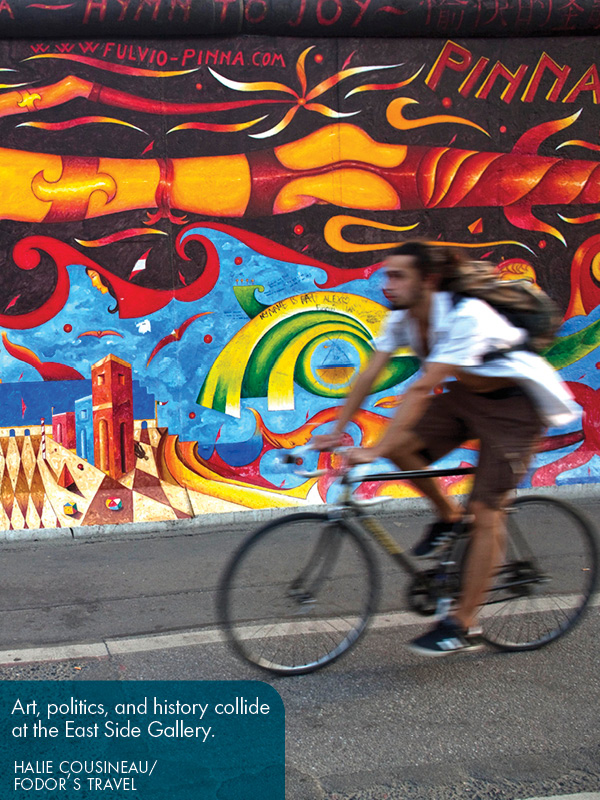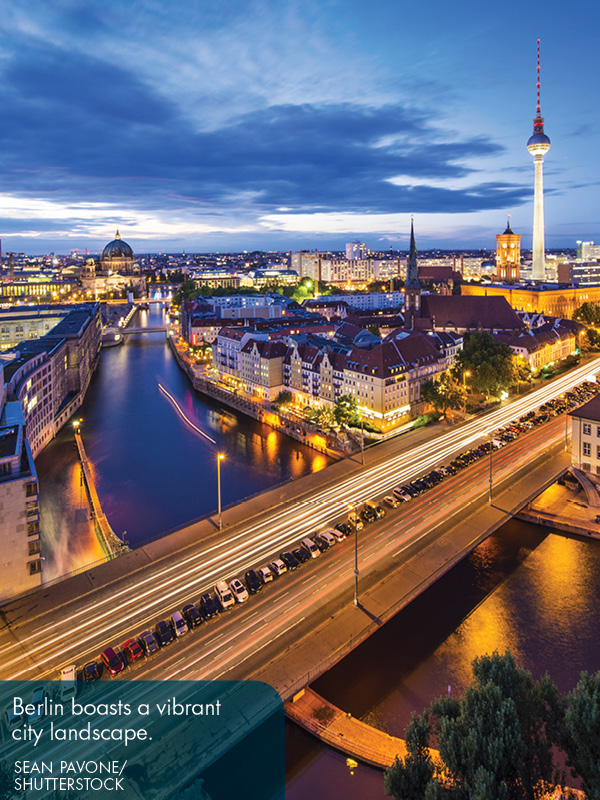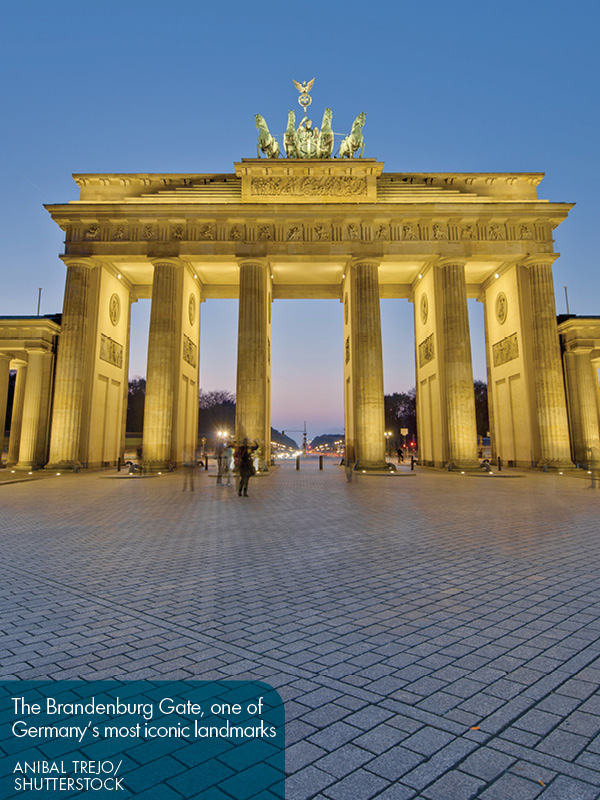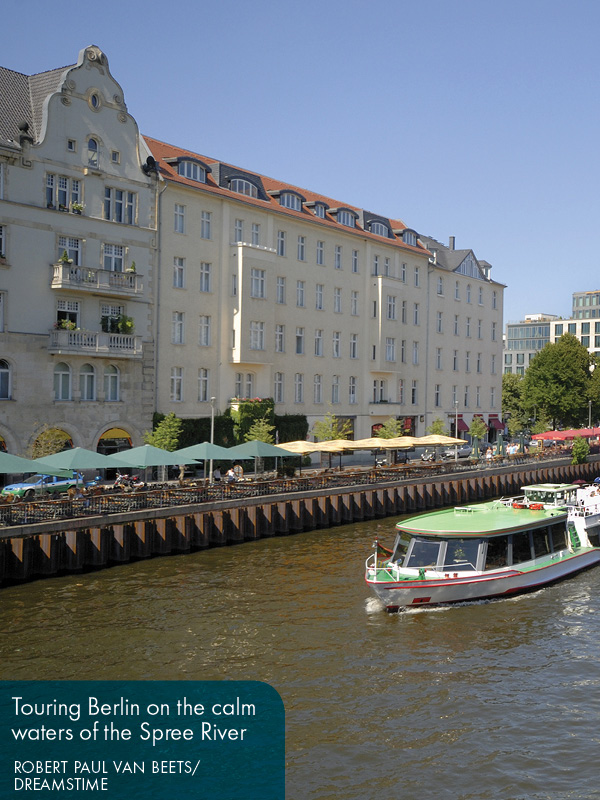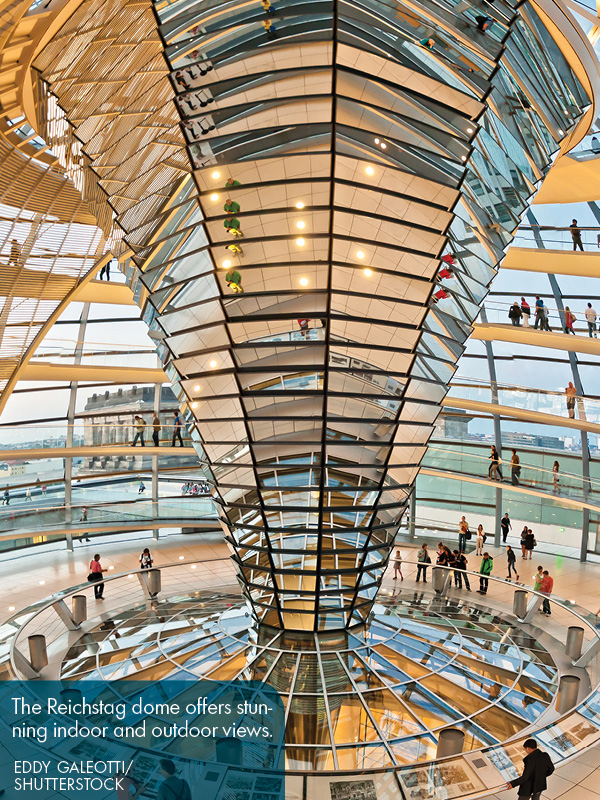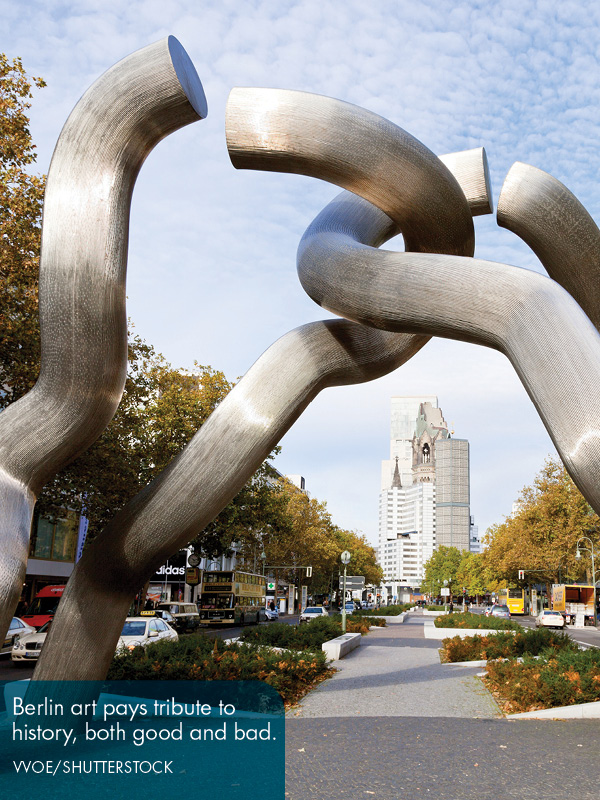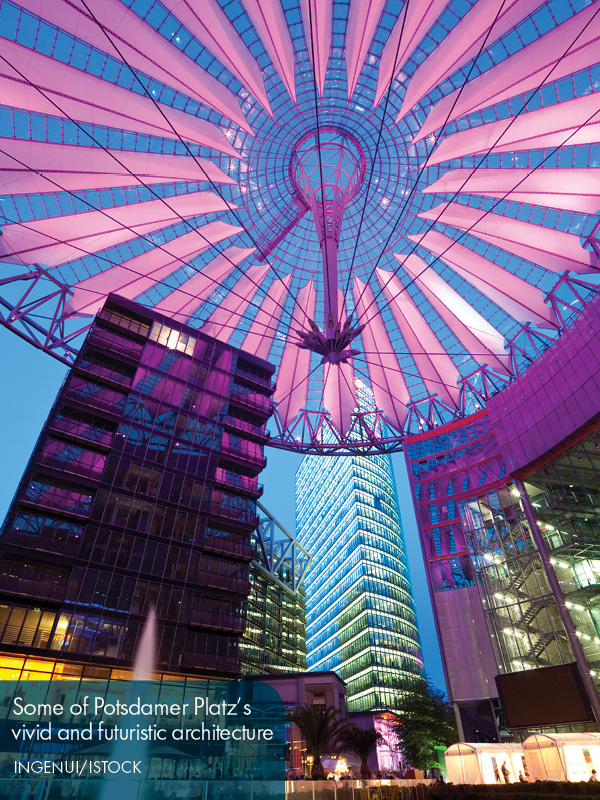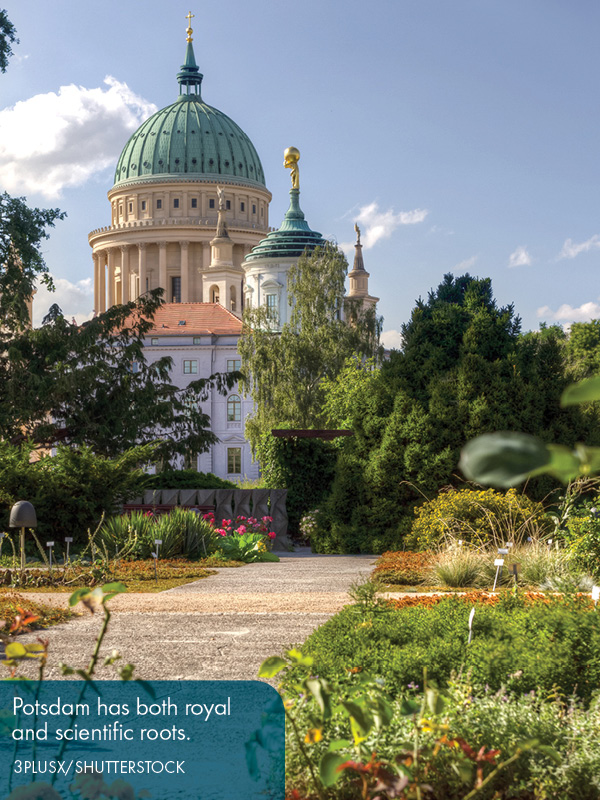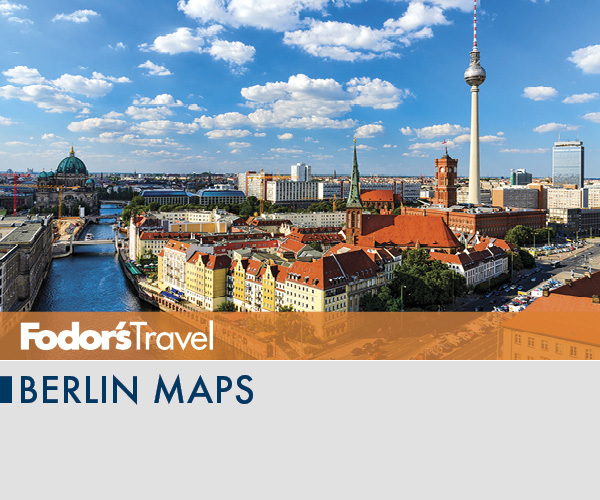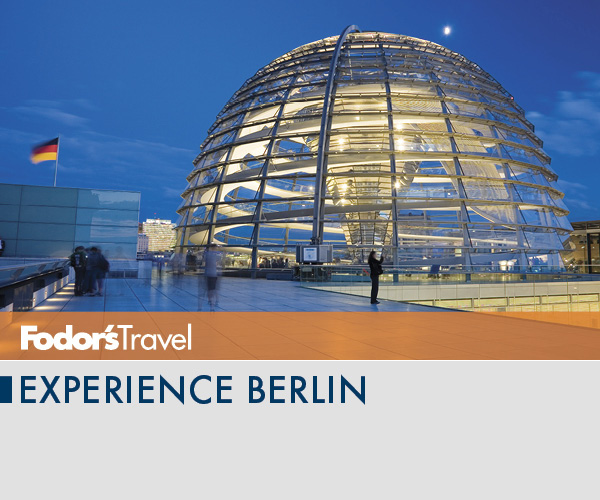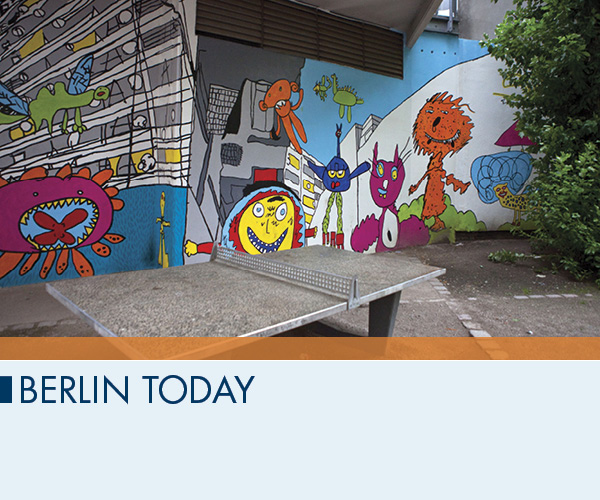Berlin is poor but sexy, the citys flamboyant mayor Klaus Wowereit once declared, and the apt description became the German capitals de facto motto. Thanks to cheap rent and government-subsidized cultural venues, this artistically rich city is also one of Europes most affordable metropolises. And its not only the struggling artists who have taken notice. Recently, European tech entrepreneurs have begun setting up shop in the formerly communist eastern part of the city, invigorating the nascent tech sector and helping undo the lingering economic effects of Reunification. The German capital is poised to grow more prosperous (and expensive), but for now, the edgy, fashionable metropolis remains a great European bargain for visitors.
Abundant Art
Forcible division, it turns out, had its advantages. For decades East and West Berlin were locked in an artistic arms race, trying to outdo one another with cultural bragging rights. As a result present-day Berlin boasts nearly 200 museums, three opera houses, and five world-class orchestras, not to mention some 450-odd galleries and countless alternative performance spaces. The citys bohemian vibe continues to attract a stream of creative types from all over the world, feeding the citys theater troupes and dance companies. The German capitals artistic offerings are as diverse as the citys denizens, ranging from the stupendous collections of classical art on the Museum Island to street art; world-class opera performances in the neoclassical State Opera House and bawdy cabarets on coaster-size stages; celebrated contemporary canons at the Hamburger Bahnhof and street art on just about every corner.
Invisible Wall
2014 marks the 25th anniversary of the fall of the Berlin Wall. Save for a few segments preserved as historic monuments, much of the reviled Wall has been demolished. Yet the differences between the two Germanys persist. According to a survey by Bild, the largest national daily paper, three-quarters of the population believe East and West Germans have different mentalities; only one in three West Germans would entertain the idea of marrying someone from the East. According to a 2013 report by the Halle Institute for Economic Research, Easterners regard West Germans as arrogant and materialistic, while West Germans think of their Eastern countrymen as whiny. Perhaps it is fitting that, because of the two different street light systems in Berlin (gas in the East, electric in the West), the division is visible even from space.
Too Cool for School?
Already at the height of the Weimar decadence in the 1920s, when Marlene Dietrich performed in packed gay bars in Schneberg, Berlin was notorious for its unrestrained hedonism. Today, the German capitals nightlife has again reached mythical status, thanks to its acclaimed electronic music scene and a young population. Berlins legendary clubs, which may operate out of a decommissioned power plant or an abandoned department store, incubated some of the worlds top DJs like Paul van Dyk, Ellen Allien, and Paul Kalkbrenner. With the absence of VIP areas or ostentatious cliques, people of all ages, backgrounds, and sexual orientations lose their inhibitions in these temples of electronic music well into the morning. Berlin, after all, prides itself for being the only European city without a mandated closing time for bars and clubs.
Its not just the nightlife that reflects the citys live-and-let-live vibe. Neighborhoods like Neuklln, Prenzlauer Berg, and Friedrichshain have emerged as hubs for international artists and young dreamers flocking to Berlin in search of inspiration (and cheap places to stay). This diversity, combined with the citys decidedly down-to-earth working class roots, creates an atmosphere that is at once cool yet unpretentious. Every coin has two sides, of course. Some locals are tired of Berlins reputation as a playground for slackers; others worry about the rising cost of living.
Economy
In the past few years, unemployment has gone down, and thanks to an emerging computer tech scene, rent is going up faster than you can say stock options. Gentrifying or developing, whichever way you look at it, Berlin is fast changing.
What Were Talking About
Back in 1991, politicians agreed to build a gleaming new airport befitting the capital of reunified Germany. Twenty-some years later, the Berlin Brandenburg International Airport has yet to see a single plane take off or land. Whatever happened to the famous German punctuality? The new hub was supposed to open in 2010 to bring together all the air traffic, which is divided between the two Cold Warera airports. Reportedly more than 66,000 construction problems have led to multiple delays as the costs ballooned to 4.3 billion, twice the budget, and mounting. Meanwhile, the engineers still havent figured out how to turn off the lights! The airport is slated to open in 2015for now.
Speaking of airports, the historic Tempelhof Airport where the Allied forces foiled the Soviet blockade, recently opened as a park where roller bladers, kite surfers, and bicyclists speed down the runways once used by the Raisin Bombers.
Berlins slacker street cred is in danger as tech entrepreneurs flock to Berlin in search of young talents and low operating costs. The recent proliferation of start-ups has earned the city the moniker Silicon Allee, or Silicon Alley, with giants like Google opening offices alongside homegrown upstarts like Soundcloud. But some fear that, like any hyped trends, the recent development of the start-up scene is a bubble waiting to burst. Only time will tell if Berlin can rival its Californian counterpart.


